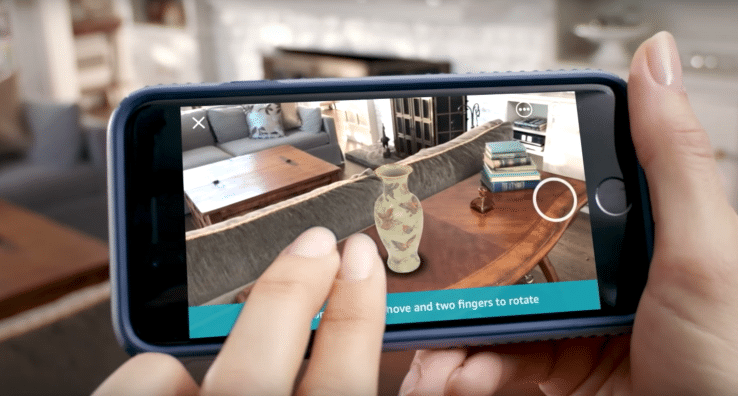
Supporting technologies are critical at this early stage of AR &VR. As we explored yesterday, that includes “building blocks,” like optics and inputs. But another key part of the value chain is starting to emerge: 3D graphical assets.
These are literally the building blocks of immersive experiences. Game engines like Unity have already “democratized” 3D creations with tools and graphical elements for 3D worlds. Google Blocks lowered the barrier even further for creating such assets with limited programming skills.
But in the past week, two more events have further underscored the importance and opportunity around 3D graphics. And it’s not just about development tools but creating libraries of graphical assets that can be shared, widely-accessed and emboldened by network effect.

Proliferating Polygons
The first event was Google’s Poly launch. Building from the creation tool that is Google Blocks, Poly gives those outputs a place to live. Kind of like Sketchfab, its a cloud repository for shared graphical assets, which will push immersive computing forward by lowering its barriers to creation.
But unlike Sketchfab — and to Sketchfab’s detriment — it won’t charge developers for access nor apply a revenue model that’s built on selling graphical assets. Most content will be shared with a Creative Commons license (unless developers opt-out) in a “give-some-get-some” dynamic.
This makes it a sort of loss leader for Google: Though it won’t derive marketplace revenue, Poly will seed Google’s immersive computing line — Daydream, ARCore, Google Lens — with more content. And content is a key driver of consumer adoption for any new platform.
Stepping back, platform wars are often won at early stages through a combination of addressable market and developer loyalty. Developer tools boost content which attracts users (addressable market), which in turn create a larger market to further incentivizes developers… A virtuous cycle.
And that dynamic is what Google hopes to ignite with the one-two punch of Blocks and Poly. And by “platform war,” we refer of course to Google’s competition with Apple (i.e. ARkit) and Facebook (camera effects, Oculus). It’s the next phase of the mobile OS wars of the past decade.

Product Fit
Moving on to the second event that exemplifies the impending value of graphical assets, it was a little less obvious: Amazon’s AR View. Following its AR product overlays in limited categories like TVs, last week’s announcement expands the functionality to several Amazon products.
The core function is to let shoppers visualize products in their homes before they buy, much like well-exposed ARkit apps like IKEA and Wayfair. As we’ve examined, the end game for Amazon is enabling more informed purchases that increase e-commerce basket sizes and decrease returns.
But why is this relevant to the topic of graphical assets? This flavor of e-commerce will be major category of AR growth, and it will require lots of product graphics to make the whole thing come together. It will be one of the AR “building blocks,” that we’ll see evolve and create lots of value.
We’re talking 3D product scans that have dimensional accuracy to fulfill the intended purpose of simulating in-home product placement. The challenge in the near term will be making sure those dimensions are realistic, and to do so across a larger portion of product catalogues.

Worth a Thousand Pictures
For the near future, the IKEAs and Amazons of the world will rely on individual point solutions to scan their inventory. But the real opportunity is for specialized and standardized methods that can help them scale up 3D image libraries, and bring it within reach of smaller down-market players.
That will be yet another gap in the immersive computing value chain. It’s one of the exciting things about these relatively early stages of AR and VR: As they grow, so do opportunities in supporting- technology and building blocks. In this case, 3D graphics will be worth a thousand pictures.
For a deeper dive on AR & VR insights, see ARtillry’s new intelligence subscription, and sign up for the free ARtillry Weekly newsletter.
Disclosure: ARtillry has no financial stake in the companies mentioned in this post, nor received payment for its production. Disclosure and ethics policy can be seen here.
